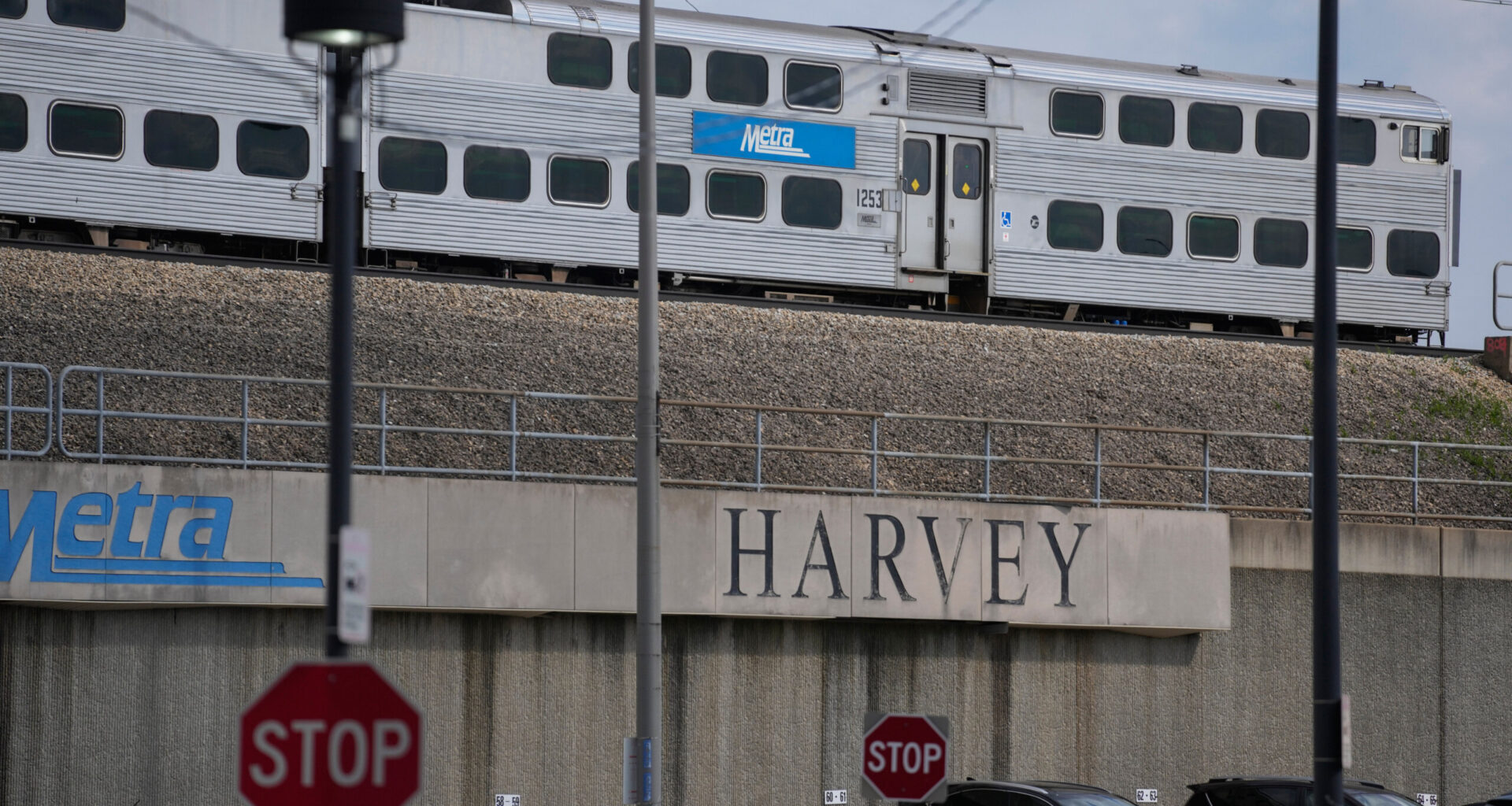The transit rescue plan freezes fares, raises tolls, hikes sales taxes and diverts road funds – adding to taxpayers’ burdens.
State lawmakers’ $1.5 billion rescue plan for the Regional Transit Authority will raise road tolls 45 cents, boost Chicago sales taxes to No. 1, take money from highway construction and from gas taxes, but who is not getting dinked? Transit users.
Fares will remain flat because other taxpayers are being asked to pay more. Some of the hikes lawmakers rushed through on Oct. 31 were not even necessary to close RTA’s budget gaps.
Fares remain stagnant
Even though the package was aimed at closing the RTA’s $200-million budget gap in 2026, it punishes non-transit users more than transit users with hikes on tolls and sales taxes.
Conventional wisdom would say if someone were using a service, they should be the ones paying for it. But RTA’s farebox recovery ratio, the share of system revenue generated by riders, was 43% in 2018 and has fallen to just 21%. This means taxpayers are on the hook for 80% of the system’s finances.
A key driver is transit fees have stayed frozen since 2018. The CTA’s own budget proposal stated if fares had kept pace with inflation, a single ride would be $3.22 rather than the current $2.50.
The bill also earmarks money for capital projects for the state tollway system serving the Chicago metro area and northern counties including Lee, Ogle, Winnebago and Boone. While nearly all tollway and tax revenue will flow to the Chicago region, residents statewide will feel the costs.
Shifting road funds while infrastructure falls
The bill redirects over $1 billion meant to improve infrastructure, including $860 million from motor fuel taxes and $200 million from the state Road Fund. While a small share will reach downstate communities, about 90% of the Road Fund interest and 85% of the sales tax money will flow to the Chicago area. That move has left downstate lawmakers frustrated.
Illinois has the second-highest gas tax in the nation, imposed to pay for Gov. J.B. Pritzker’s “Rebuild Illinois,” a $45 billion plan to revamp Illinois’ subpar infrastructure. To fund it, the state doubled fuel taxes in 2019 and tied annual increases to inflation. Illinois fuel taxes now stand at 48.3 cents per gallon, up from 19 cents in 2019.
Drivers are paying in record revenues but Illinois’ roads remain in subpar condition, with virtually no improvement. Billions remain unused in the Road Fund that could fix the state’s crumbling infrastructure, but instead are being used as a political tool to subsidize transit funding for a fraction of Illinoisans.
Broad-based taxes
The transit bill raises sales taxes across the Chicago metro area by 0.25 percentage points. Residents already face one of the highest sales tax rates in the nation, with Chicago’s rate being pushed to 10.5% – No. 1 among big cities.
Tolls across Illinois will rise by 30% for trucks and 45 cents for cars. Illinois has nearly 400 miles of toll roads while 14 states have none at all.
Supporters said toll hikes will help fund new construction projects during the next decade, a move to appease union labor groups who criticized earlier versions of the bill. But instead of targeting transit reform, lawmakers created what amounts to a new state-funded program built on debt and higher costs for drivers.
Downstate Illinoisans should not have to pay more to reach Chicago while subsidizing a transit system from which they get negligible benefit.
Conclusion
The new transit bill continues a state tradition: tax more to fund financial mismanagement. Instead of addressing duplicative spending and outdated scheduling, lawmakers boosted the same bureaucracy that created this problem.
The RTA needs reform if it wants to solve its underlying issues without unfairly punishing taxpayers. This means prioritizing cost savings, modernizing fare policy and improving performance standards. Until those steps are taken, yet another tax hike will only punish taxpayers for the RTA’s ongoing fiscal mismanagement.
